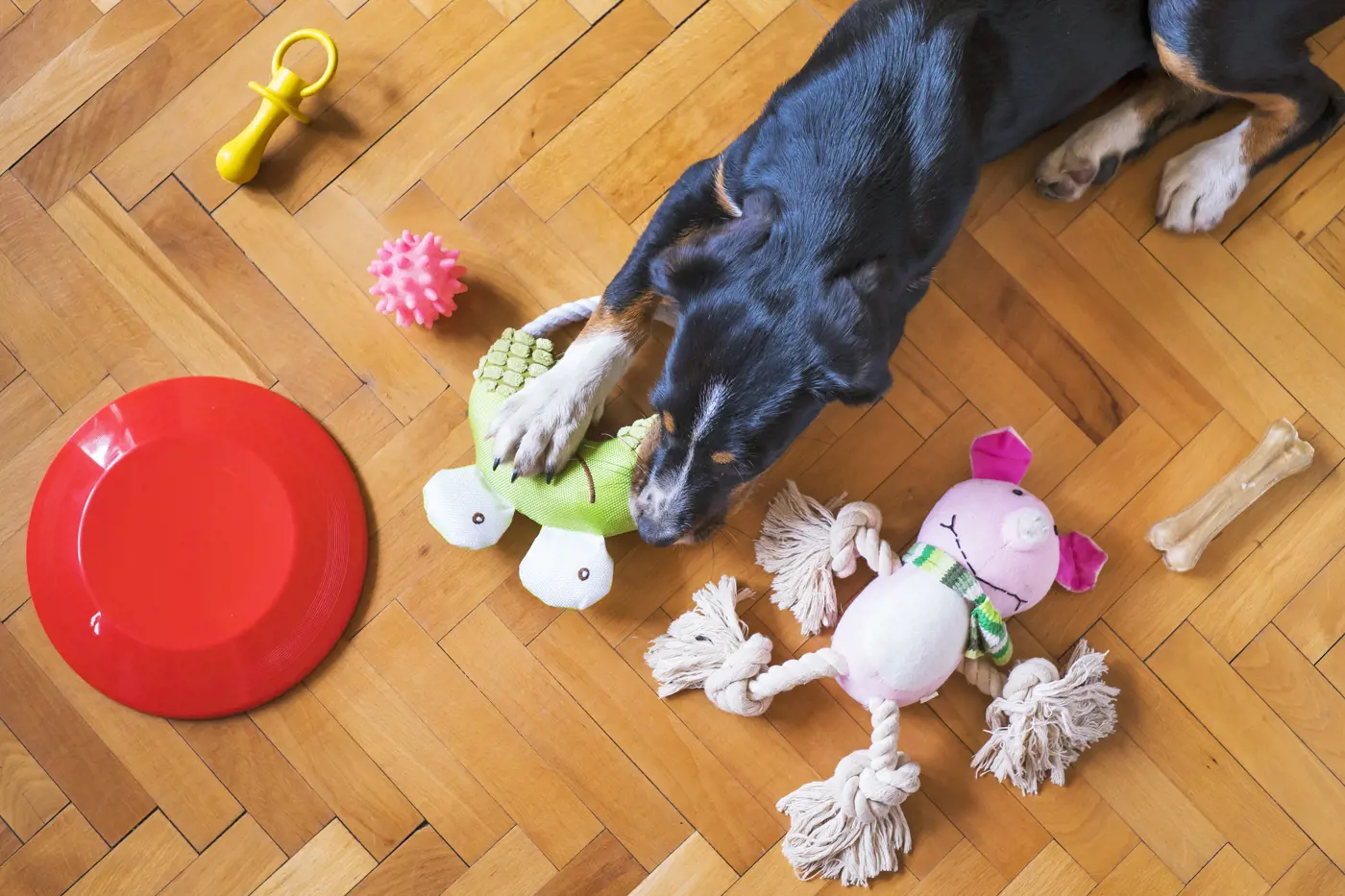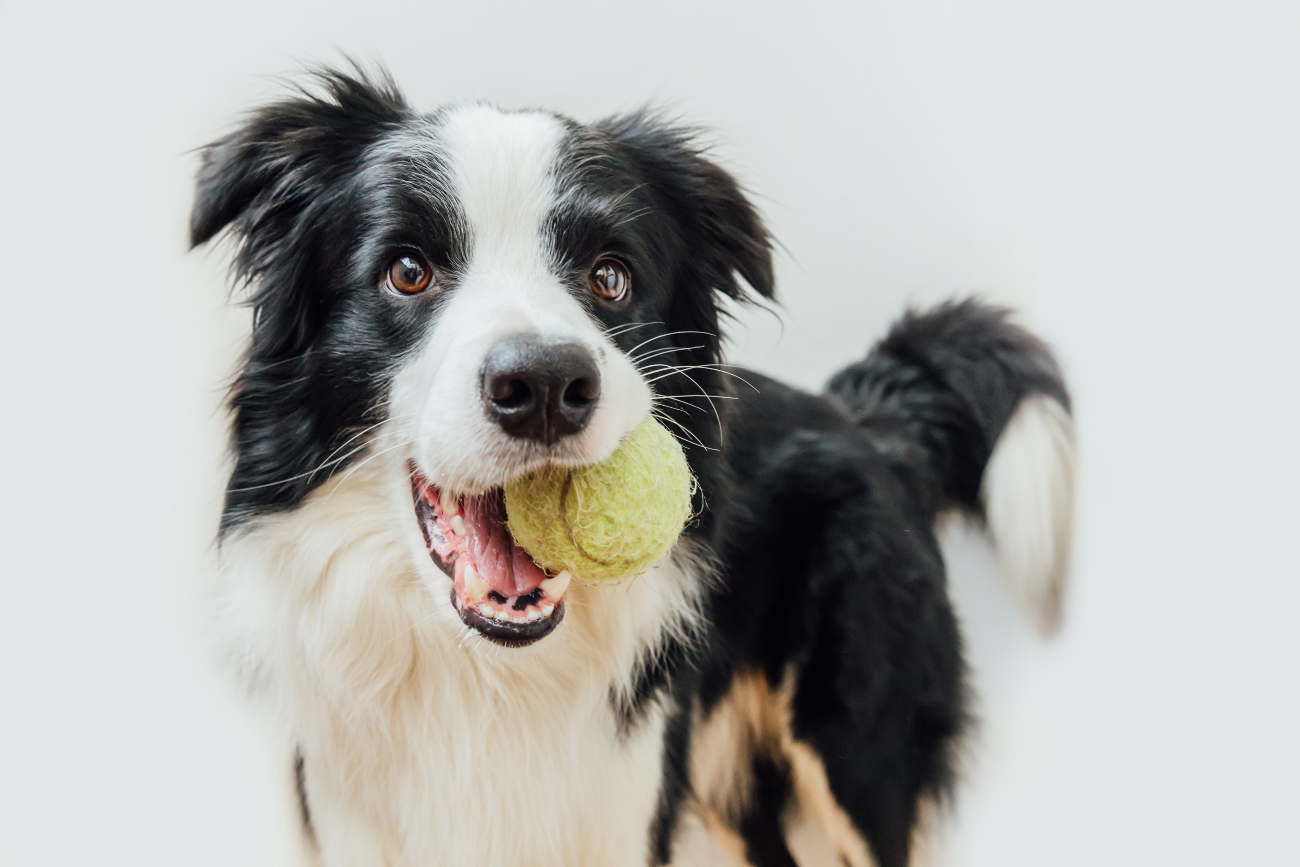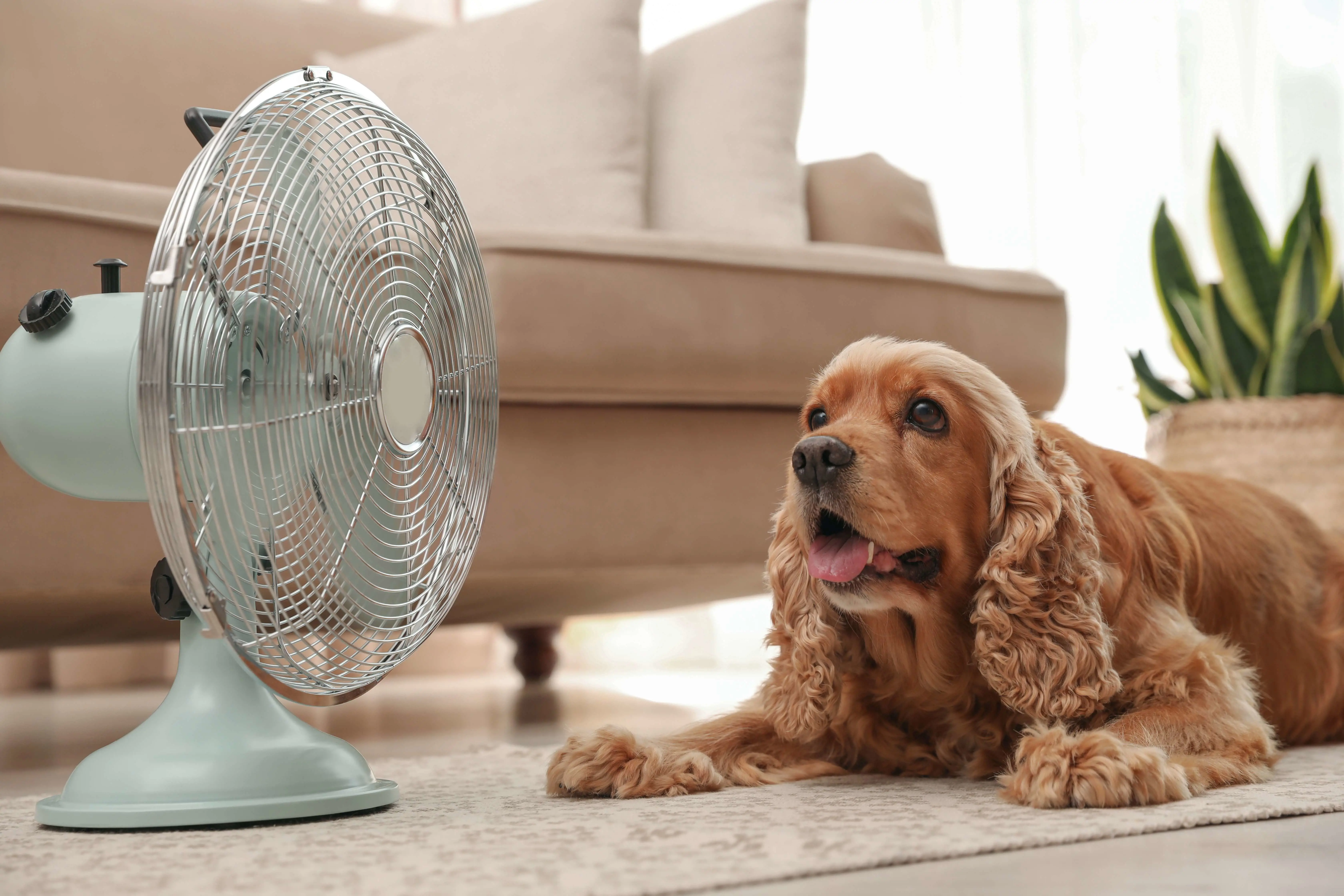How to stop a dog from choking
17th July, 2020

If your dog is choking, it’s an emergency, so contact your vet immediately.
But while you’re waiting for veterinary help, there are actions you can take yourself in order to help your animal.
Learning how to act in case of an emergency is one of the best things animal lovers can do to protect their pets, along with getting the right vaccinations and choosing suitable insurance for your dog.
Is my dog choking?
There are a few main causes of choking in dogs: swollen airways due to anaphylactic shock; airways blocked with mucus due to a severe respiratory infection; or a foreign object stuck in its windpipe. The last is the most likely, particularly in puppies.
You’ll see your dog instinctively try to cough or retch up the blockage. It will act distressed and panicked, and might rub its mouth against its paw or the ground.
Its chest will be heaving, but you might not be able to hear any breathing. If you can hear your dog wheezing, its windpipe is only partially blocked, but that can still lead to fainting and eventually death.
Alternatively, you might not come across your dog until it’s unconscious and its tongue is blue.
It’s vital that you act fast, getting expert veterinary help if at all possible. Remember that vets do operate out-of-hours services, and that dog cover could help you cover the fees.
It’s possible to mistake coughing for choking. If your dog is struggling to breathe, it is choking and needs urgent help.

How can I remove the blockage?
You’re aiming to dislodge any item stuck in your dog’s throat without getting bitten.
If it’s conscious, you’ll need to restrain it and hold its jaw open. Don’t stick your fingers into its mouth unless you’re totally confident you can hold it open, as even normally docile pets will panic and bite.
Get someone to help you if at all possible, and try to cover its teeth with its lips.
Then grab your dog’s tongue – use a cloth to help you grip – and move it to one side. This helps you see down its throat, and may even be enough to dislodge the item.
You might now be able to see what’s blocking your dog’s throat. Sweep your fingers from the side of its throat to the centre, taking care not to push any item further down. Tongs or pliers could help you pull it gently out.
Heimlich manoeuvre
If you can’t see or remove the item, you’ll need to perform the Heimlich manoeuvre. If you’ve learned how to do this on humans, the same principles apply.
If your dog can stand on its hind legs, or you can pick it up, hold its back against your body with its head up and its paws down. Otherwise, lie it down on its side and kneel behind its back.
Place your fist in the soft hollow beneath its ribs, and pull up and in two or three times towards your own body and your dog’s head.
If that dislodges the item, remove it carefully with your fingers.
If the item is firmly stuck, then contact your vet. It may need to be removed under sedation.

Resuscitating your dog
Is your dog now breathing on its own? If not, check for a heartbeat by placing your hand or ear against its chest, where its elbow meets its ribcage.
If you’re sure there’s no heartbeat, you need to perform CPR. This is hard, so only attempt it if there’s no alternative.
Place the dog on its right side – or, if it’s barrel-chested, on its back.
Then you need to perform chest compressions at the midpoint of the chest. For small dogs, use one hand. If it’s a large dog, interlock both hands.
Compress the chest by a half to two-thirds, allowing it to return to its normal position each time. Do two per second.
After 30 compressions, extend your dog’s neck, close its mouth, and blow down its nose for one second, then allow its chest to fall for another second. Do this twice in total.
Repeat the cycle of 30 compressions followed by two breaths until the dog starts breathing again or veterinary help arrives.
Aftercare
Even if you are successful in freeing the item and your dog is breathing, you should get veterinary care for your dog as soon as possible.
The blockage could have caused damage to your dog’s throat, and it might need a bronchoscopy to assess the injury. Your dog could also require an x-ray to check that the object has been totally removed.
If your dog became unconscious during its choking fit, it might need hospitalisation so that vets can assess if there’s been any long-term damage.

Why do dogs choke?
Puppies are notorious for chewing everything they can lay their paws on. Usually, that means nothing worse than a pair of mangled slippers – but sometimes, an object gets stuck in its windpipe.
Treat puppies like small children, and don’t let them out of your sight for too long.
Supervise your pup around toys. Choose toys and balls that are the right size, ideally with holes in them. Don’t throw them to be caught in the air, but encourage your puppy to pick them up from the ground.
Take care with your dog’s food. Don’t give it T-bones, which get stuck easily, or cooked bones, which can bend and obstruct your dog’s throat.
Remove chew toys or rawhides once they can fit in your dog’s mouth, as your pet will swallow them whole. Take care with chew toys or sticks that have become swollen with moisture, too.
Get a quote from Purely Pets today
Our beloved pets do sometimes give us a severe fright. With dog insurance from Purely Pets, you know that you’ve got support to help you deal with emergency situations.
Our 15 levels of lifetime cover include vets’ fees ranging from £1,000 to £15,000 per year, depending on the policy. There’s even a 24-Hour Vet Helpline that you can contact for advice.
Get a quote from Purely Pets today to help keep your puppy safe.
Helpful Pages
Recent Posts
Pet Insurance Quote
- 98% claims paid *
- Claims paid directly to vets
- 24/7 vet video consultations
- Interest free monthly payments




